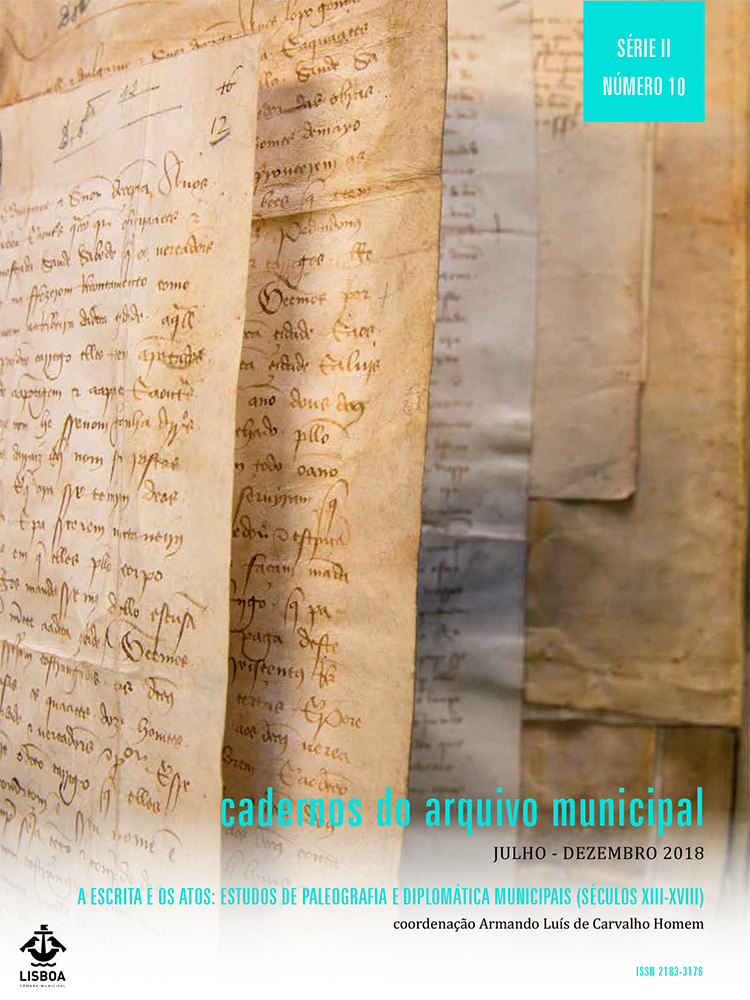“Manueline” scripts in royal provisions at the early sixteenth-century
DOI:
https://doi.org/10.48751/CAM-2018-10139Keywords:
Palaeography, “Manueline” script, Courtly script, Royal provisions, CanonAbstract
In the reign of D. Manuel, from 1500 onwards, a new kind of letter appeared in Portugal. This lettering was distinct from the johannine calligraphy (a standard graphic fixed in the Royal Chancellery since D. João I), with the introduction of changes and innovations similar to the model of the Castilian courtier characterized by a different calligraphic version and a faster cursive hand. The introduction of these variations into a previously canonized writing must have been accomplished through the hands of highly positioned professionals in the royal court, who had the capacity and authority to maneuver and imposed them. The analysis of the writings used by the court clerks in the drafting of royal provisions allows assigning the introduction of manueline writing to the writers Afonso Mexia and António Carneiro respectively in the calligraphic version and quick cursive hand.
Downloads
Downloads
Published
How to Cite
Issue
Section
License
Copyright (c) 2018 Maria Teresa Coelho

This work is licensed under a Creative Commons Attribution-NonCommercial 4.0 International License.
The authors retain copyright and grant the journal the right of first publication, with the work simultaneously licensed under the Creative Commons Attribution License CC BY-NC 4.0 which allows sharing and adapting the text as long as its authorship is correctly attribbuted with recognition of the initial publication in this journal.









